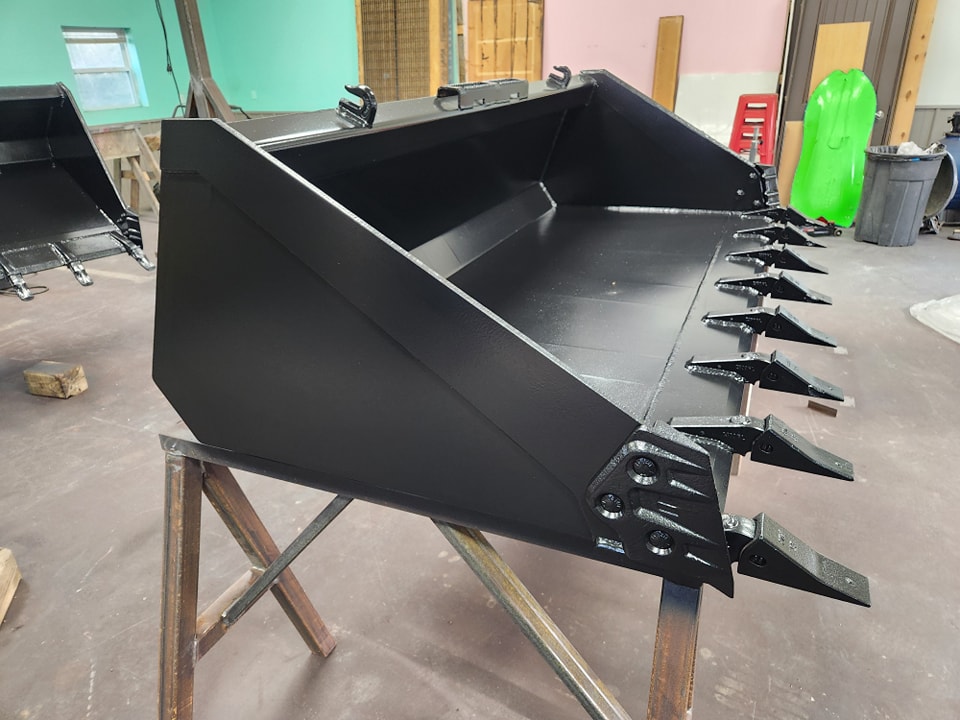
Safety First: Essential Welding Safety Tips and Best Practices Sep 15, 2025
Understanding the risks associated with welding is the first step in creating a safer working environment. Welding involves high temperatures, intense light, and potentially hazardous materials that can pose various risks. These include burns, eye damage, inhalation of toxic fumes, and injuries from fire or explosions. Recognizing these risks underscores the importance of following proper safety protocols.
To start, always wear appropriate protective gear. A welder's helmet with the right shading is crucial to protect your eyes from the intense light and UV rays emitted during welding. It's also essential to wear fire-resistant clothing, gloves, and sturdy boots. This protective gear acts as your first line of defense against burns and injuries.
Ventilation is critical in any welding task. Whether you are working in a commercial setting or a home workshop, ensuring proper ventilation helps minimize exposure to harmful fumes and gases. Whenever possible, work in open or well-ventilated areas, and consider using exhaust systems or fume extractors to keep the air clean.
Understanding and using the right equipment is also vital. Make sure that your welding tools are in good working condition and that you're familiar with the manufacturer’s guidelines. Regular maintenance checks can prevent unexpected malfunctions, which could lead to accidents. At Outlaw Fabrication LLC, we emphasize the importance of equipment upkeep to guarantee safe operations and reduce downtime.
Fire safety cannot be overlooked. Sparks and molten metal can easily start a fire if proper precautions aren't taken. Always keep a fire extinguisher within reach and ensure that the area is free from flammable materials. It’s good practice to have an emergency plan in place and ensure all team members are trained in fire safety protocols.
Proper training and certification are essential components of safety. At Outlaw Fabrication LLC, we ensure that all our welders are not only experienced but also certified according to industry standards. Continuous education and training help maintain high safety standards and ensure that welders are aware of the latest safety practices.
Finally, communication and teamwork play a significant role in maintaining a safe working environment. Clear communication can help identify potential hazards and encourage proactive solutions. Encourage open dialogue among team members to report safety concerns or suggestions for improvement.
In conclusion, safety in welding requires a comprehensive approach that includes the right equipment, protective gear, proper ventilation, and constant education. By adhering to these essential welding safety tips and best practices, you can significantly reduce risks and create a safer welding environment. At Outlaw Fabrication LLC, we believe that a safe work environment is the foundation of quality craftsmanship, ensuring the longevity of both the work and the workforce. Prioritize safety, and the piece of mind it brings will enhance your focus and efficiency in every welding project.
/filters:no_upscale()/media/387d87e1-e332-493f-9028-1b4d81a04cfd.jpeg)